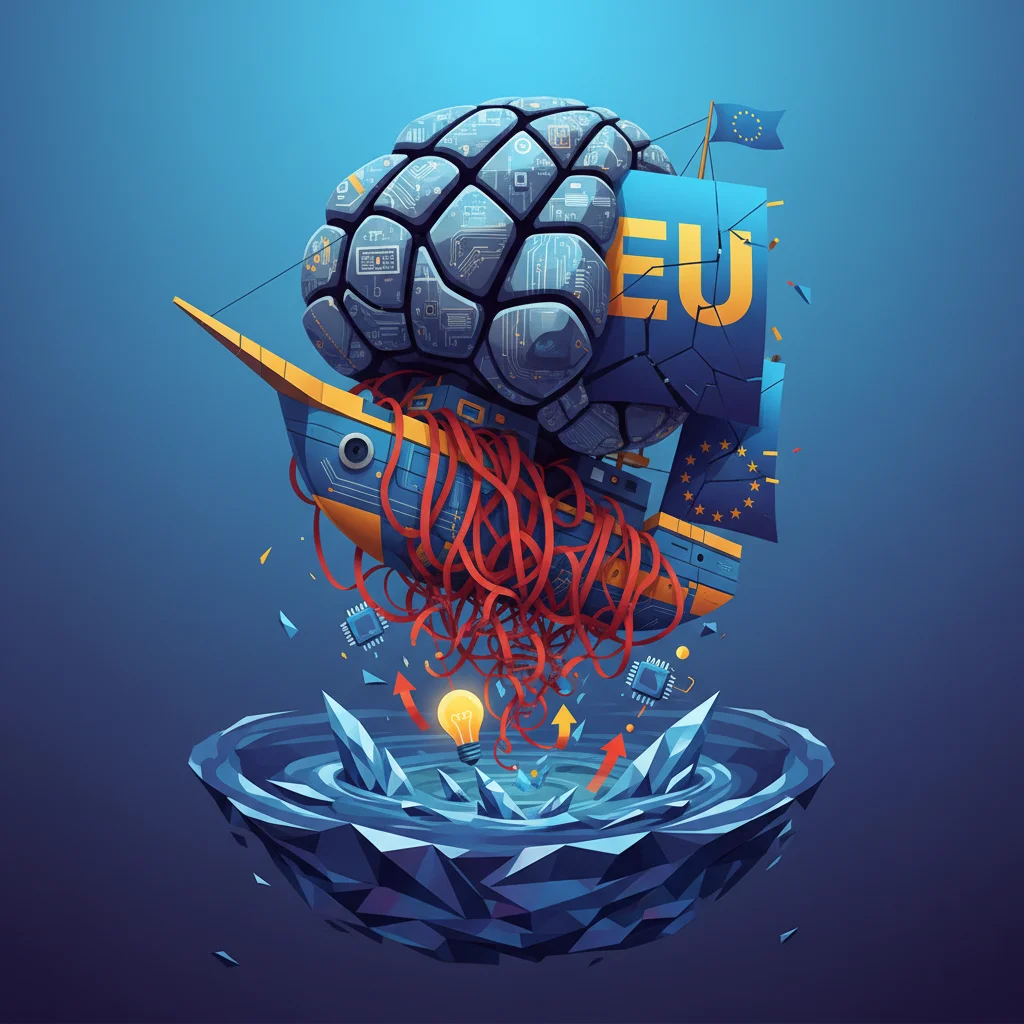
The Billion-Dollar Barnacle: How EU Bureaucracy Is Sinking Innovation and Damaging the Economy
In the fast-paced world of global finance and investing, we often look for disruption in sectors like fintech or AI. We track stock market fluctuations driven by quarterly earnings and central banking policies. But sometimes, the biggest drags on the economy aren’t found in complex trading algorithms or boardroom battles. Sometimes, they’re clinging stubbornly to the hull of a container ship in the form of a tiny crustacean. And the story of how Europe is failing to deal with this problem is a multi-billion-dollar cautionary tale for investors, business leaders, and policymakers alike.
The issue is biofouling—the accumulation of microorganisms, plants, and animals like barnacles on submerged surfaces. For the global shipping industry, it’s not just an aesthetic nuisance; it’s a catastrophic drain on resources. This “hull slime” increases drag, forcing ships to burn significantly more fuel to maintain speed. The economic and environmental costs are staggering, impacting everything from global supply chains to carbon emission targets. Yet, a revolutionary, EU-funded solution designed to combat this very problem has been languishing in the bloc’s regulatory labyrinth for an astonishing 16 years.
This isn’t just a story about barnacles. It’s a critical case study in regulatory friction, a phenomenon that can silently erode a company’s value, deter investment, and hamstring an entire continent’s economic competitiveness. For anyone involved in finance, understanding this dynamic is crucial to assessing risk and identifying the hidden anchors weighing down potential growth.
The Immense Economic Drag of a Tiny Creature
<p


